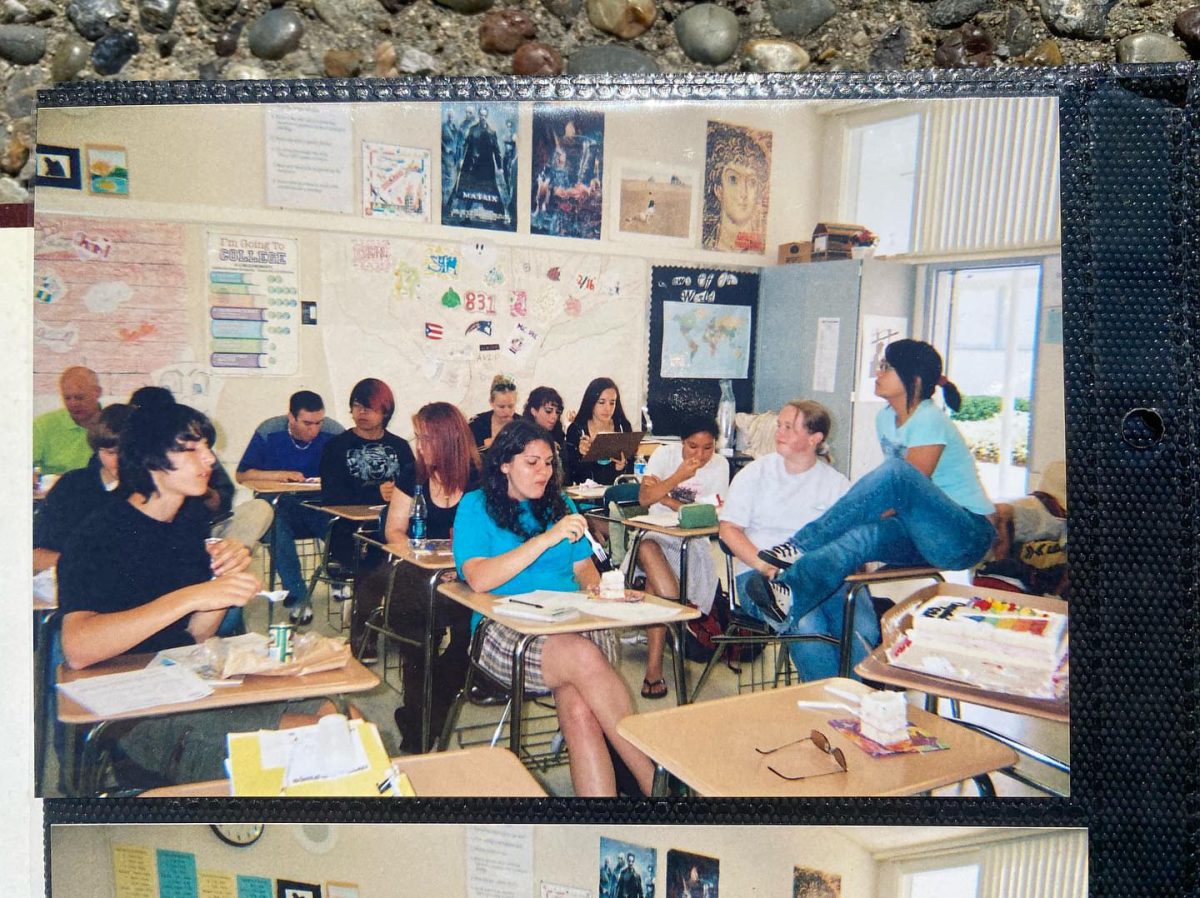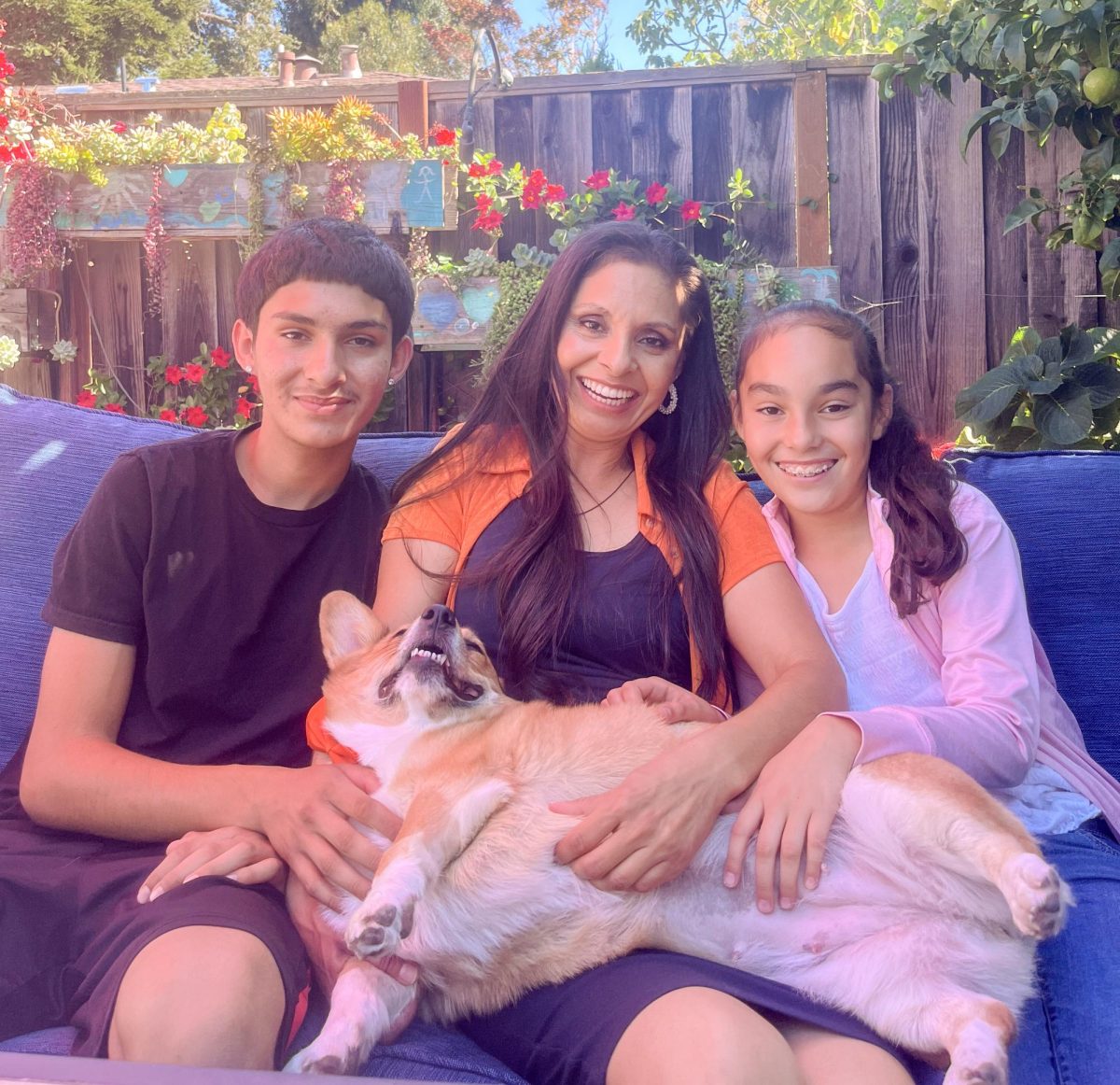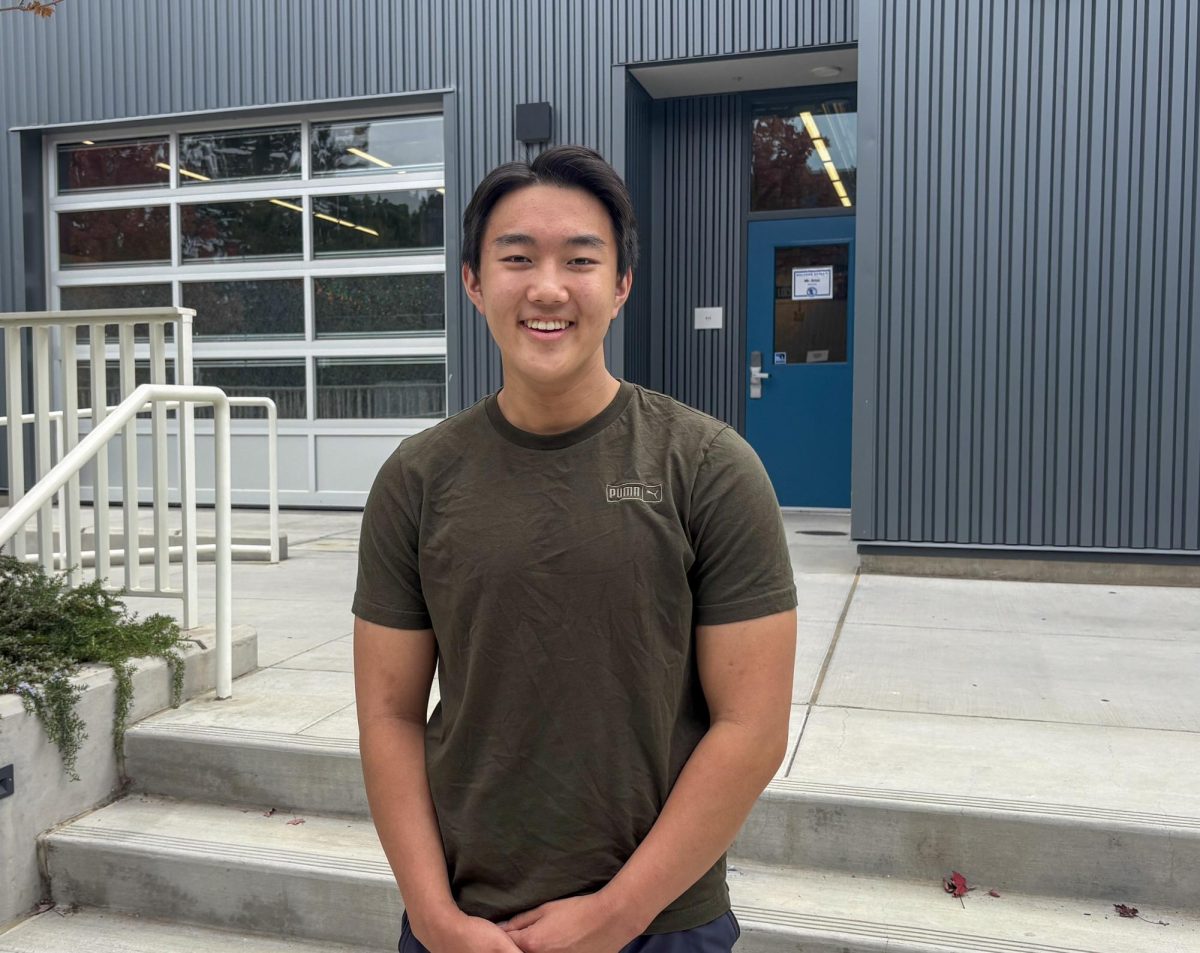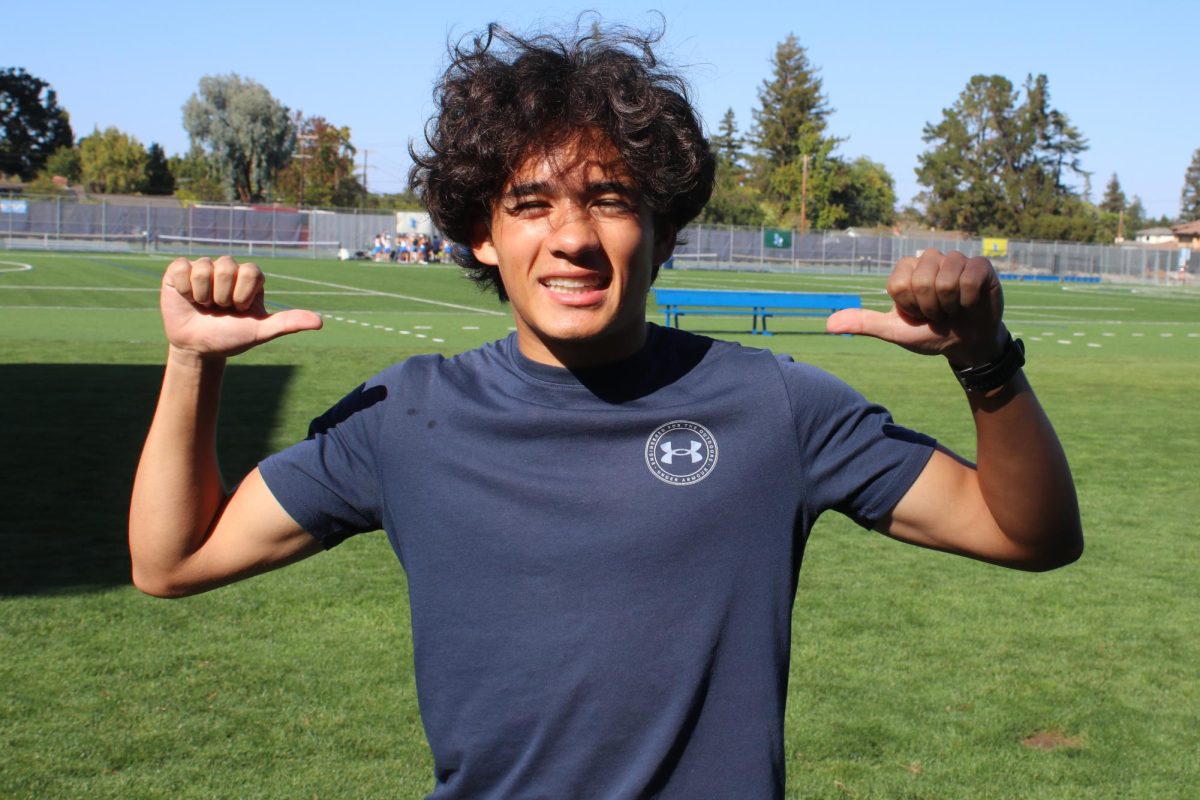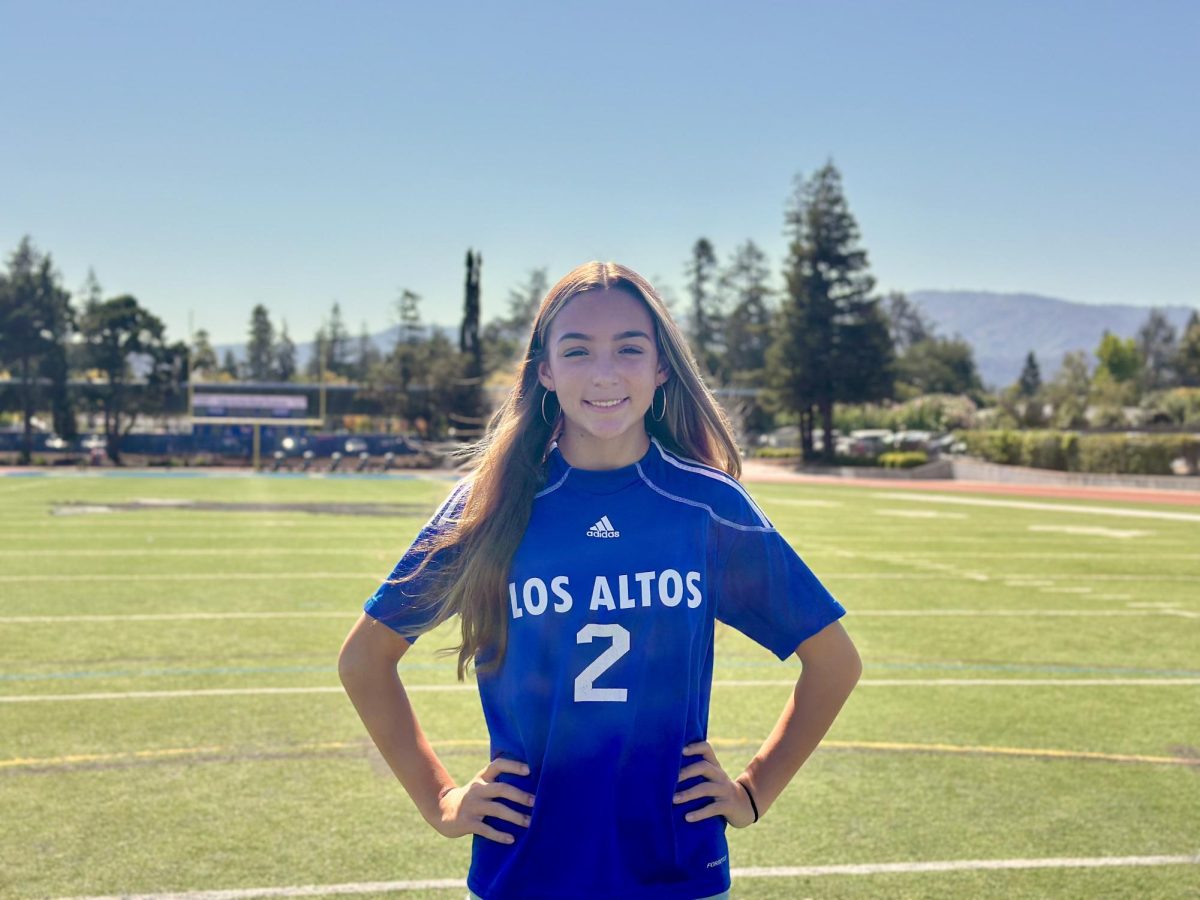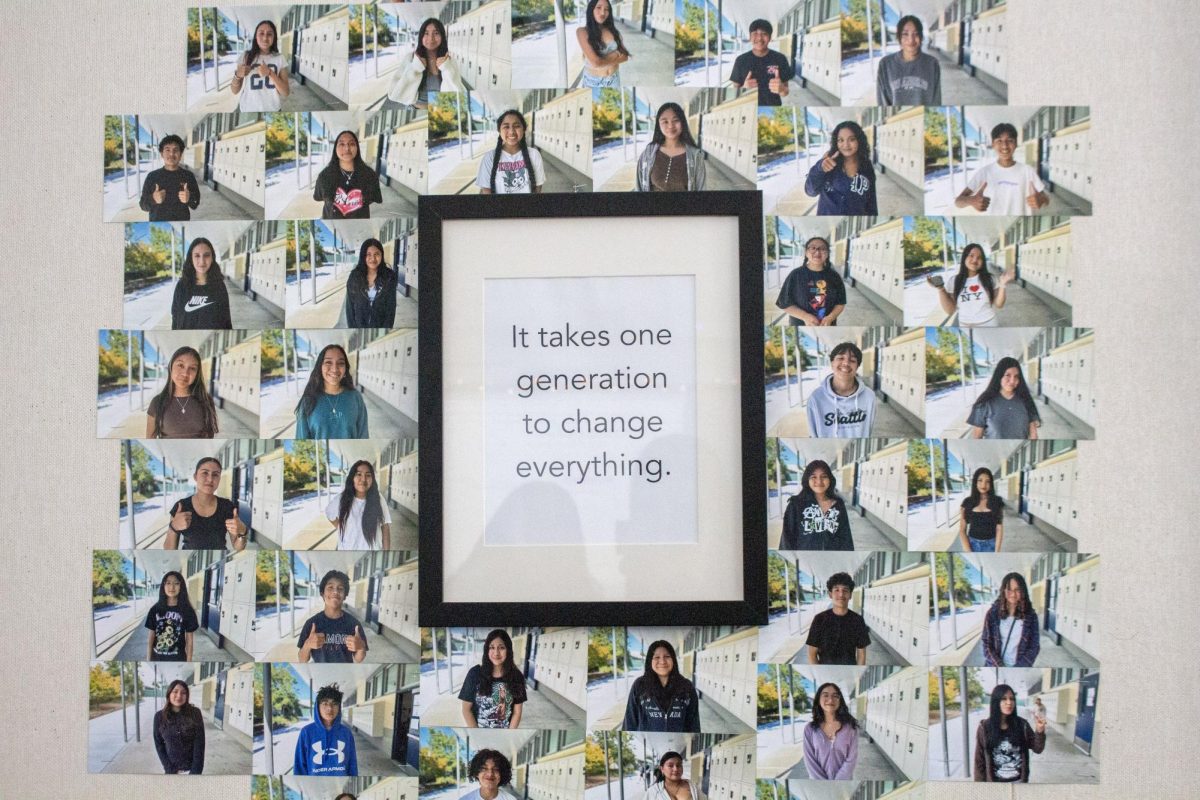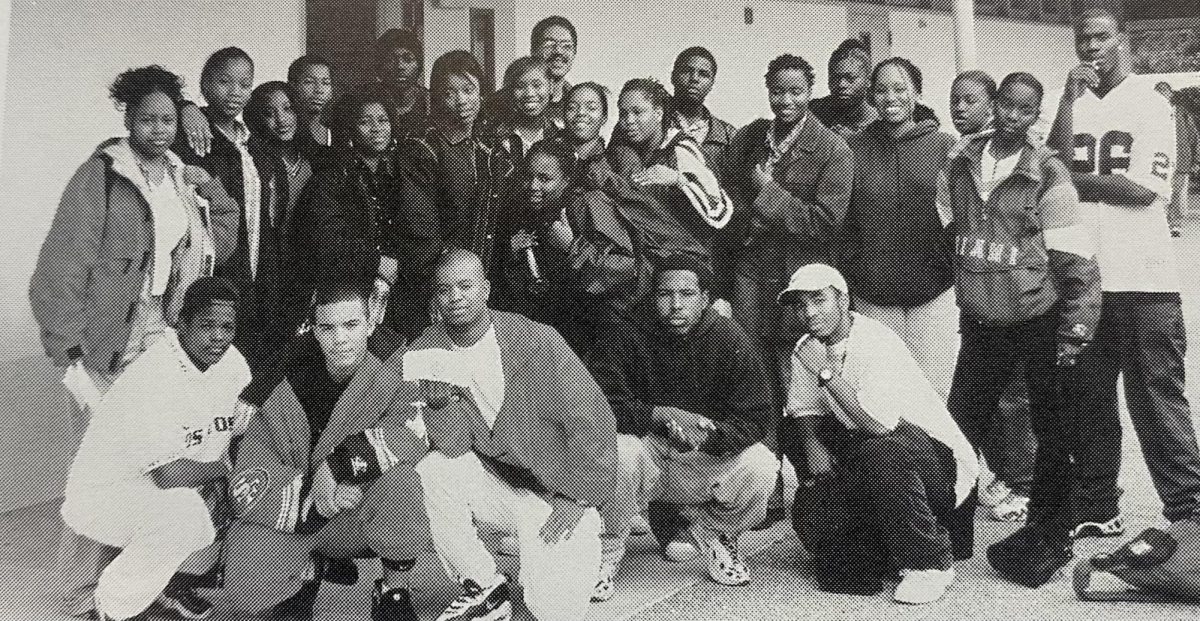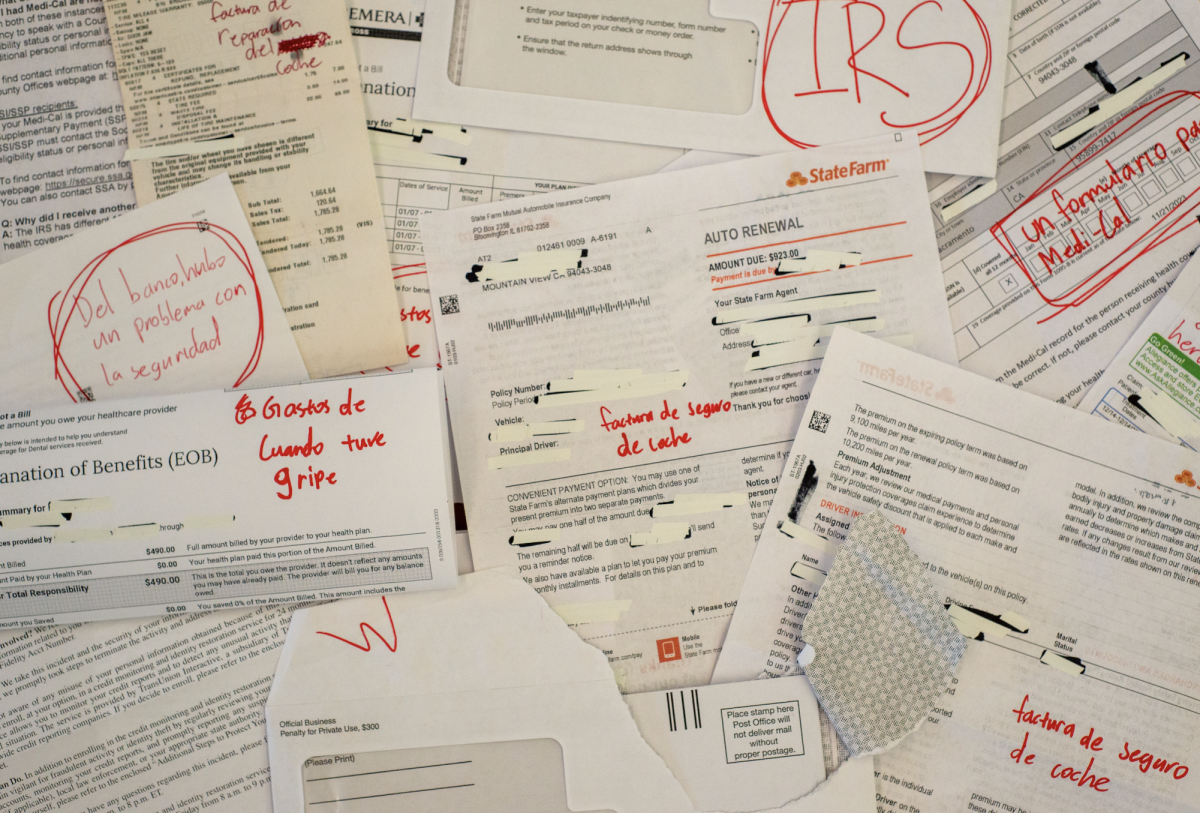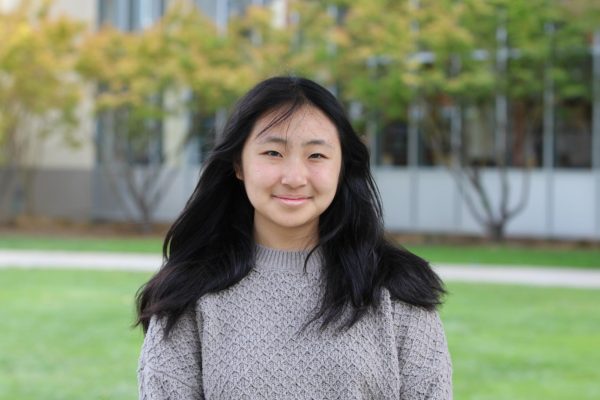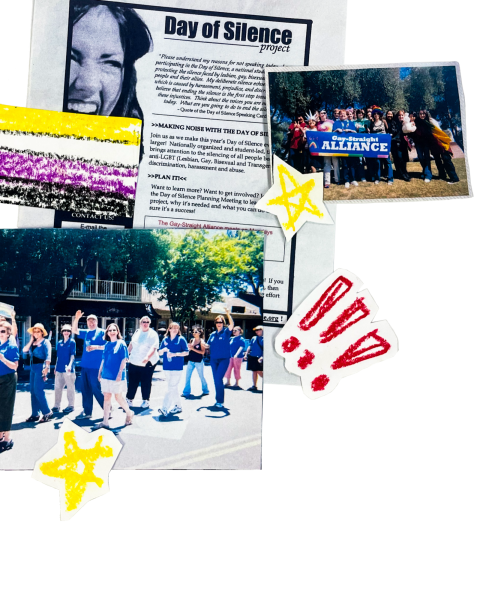
Los Altos High School’s primary queer club, GSA (Gender & Sexuality Awareness, formerly the Gay-Straight Alliance), has been around since the early 2000s, when acceptance of queer culture was much less prevalent. Over the years, queer students have grappled with finding a community amidst prejudice: From struggles with violent bullying to ignorant jokes, they’ve often had to work against the grain to build community on campus. But, through organizations like the GSA, queer students have pushed for acceptance over the decades and helped forge the path for a more accepting, albeit imperfect, environment today.
“Growing up in the early 2000s, there was a lot of prevalent homophobia,” social studies teacher Sarah Carlson, who grew up in the East Bay, said. “During [former President] George Bush’s reelection campaign, people from the town where I grew up drove around with signs of two men kissing that said something like, ‘This is the terrible stuff that’s going to occur if people like [Democratic presidential candidate] John Kerry win.’”
Nico Bocalan ‘07 described the atmosphere as “scary” for queer students at LAHS: She recalled one transgender student getting a pumpkin thrown at them from a moving car. In fact, she faced ramifications for even joining the GSA club as an ally, though she now identifies as queer.
“For the most part, the backlash I felt was more microaggressions like ‘Why would you join?’ or an awkward silence,” Bocalan said. “Sometimes, they’d be like, ‘But you’re straight, right?’ And they’d have to confirm that I was there because of some altruistic movement in my heart to help these people, [not because I was gay myself].”
Other LAHS teachers and former students who attended high school in the 2000s can also recall a culture of implied discrimination and erasure. Art teacher Kalia DeMarquez, who attended high school around an “open-minded liberal” community in San Jose in the early 2000s, said that there were “maybe three gay kids” at their school. Those students were expected to keep their queerness largely private.
According to her, the atmosphere for queer students was characterized by a lack of empathy and the sentiment “Okay, great. We don’t need to know about your life.”
Even as concrete acts of harassment began to decrease — former Assistant Principal Cristy Dawson told the Los Altos Town Crier in 2011 that “gay-related bullying incidents on campus” declined significantly from 2000 to 2010 — students still faced subtle discrimination into the 2010s. Wren Kermode ‘20, who described himself as “very butch” while he was attending LAHS, said that he faced passive aggression and “dirty looks” from girls in bathrooms and other students.
In fact, data from the California Healthy Kids Survey, a survey administered by California’s government to measure school climate, finds that while reports of campus harassment have declined for all students over time, the number of queer students reporting harassment is still disproportionately higher than that of their straight peers.
Students and teachers find that homophobia at LAHS is often rooted in ignorance. Physical Education teacher Kiernan Raffo said that she hears students casually using ‘gay’ as an insult “all the time,” and tries to call students out on it.
“[When confronting students who make ignorant homophobic comments], I don’t want them to say that they’re sorry,” Raffo said. “I want them to realize why that might be hurtful and how ignorant they sound.”
Students described a similar atmosphere of ignorance on campus; junior Myren Shao said that homophobia on campus is mostly “a lack of understanding and not caring,” and GSA President junior Mei Ozawa described frustration with people who “just don’t understand or try to understand.”
That discrimination, from small slights to outright harassment, has taken a significant toll on queer students’ mental health. Consistently for the past decade, over half of MVLA queer students have reported experiencing chronic sadness and hopelessness within the past year. During the 2021-22 school year, 78 percent of transgender freshmen reported chronic sadness and hopelessness. In the most recent Healthy Kids survey, two-thirds of transgender students, in addition to just under half of non-straight students, reported considering suicide within the past year, compared with just 10 percent of straight students and roughly 15 percent of cisgender students.
Despite disproportionately higher rates of reported harassment, queer students still mostly reported feeling included and safe on campus, even when the campus environment was sometimes hostile.
Many factors have contributed to that feeling of security within the District and at LAHS specifically. One of the biggest is community: Students highlighted the importance of having a group of queer friends in creating a sense of comfort on campus.
Some mentioned the GSA as one of those sources of community. Kermode said that the GSA was one of the only spaces on campus where they could be queer without facing that kind of discrimination: In their words, the GSA was “a space where you wouldn’t get treated funny.” English teacher and former GSA co-advisor Jasmine Mark added that the GSA plays a specific role in integrating queer students into broader campus life.
“I feel like that club is doing a really nice job of bringing events for queer students to go to so that they come on campus and feel like we’re not just recognized but actually involved,” Mark said.
Mark also feels the campus culture at LAHS has made significant progress and is generally “ahead of the curve” when it comes to acceptance. Increased representation on campus and greater student body awareness have won the queer community some small victories, like the GSA placing flags around campus during Pride Month, which might not have been possible 20 years ago.
“Since I’ve started working here, LAHS has made a great move towards not just accepting the queer community and students, but also celebrating them,” Mark said. “More students have felt more comfortable sharing that part of themselves, and that’s huge.”
The administration has also played a role in fostering inclusivity through additions like the gender-neutral bathrooms in the 600 wing and Student Services Building. Students say that administrators make an effort to involve queer students in the conversations behind decisions that will impact them.
“We’ve had admin contact us when they’re not sure how to approach a situation,” Mei said. “They’ve been very open to working with the GSA and are there to support us — there are definitely administrators who really want to make the school a safe space, and it’s clear when they’re interacting with us.”
Staff have been just as important in contributing to greater inclusion on campus. As Carlson puts it, it’s important for students to have an adult role model to show them how they can be “respected and successful.”
“I do still hear stories of kids that are being bullied, which is heartbreaking, and I would always want them to come to me or another adult,” Raffo said. “There’s no way that we would stand for it.”
Some staff have taken extra steps to create an affirming space for students, actively building a community and protecting them from harassment. GSA adviser Sasha Kassel explained that some GSA members hang out in her cla

ssroom daily, not just during club meetings.
“I think that when the students who traditionally hang out in my classroom are spending time together, there’s a lot of joy and silliness and happiness and fun, and I love seeing that,” Kassel said. “I think that [GSA members have] found my classroom to be a place that feels safe for them, where they can be themselves. And I think that’s part of the reason why I get to s
ee all that happiness and goofiness.”
Beyond this sense of camaraderie between queer students, the presence of queer staff members has proven affirming for queer members of the LAHS community.
“I was privileged to have gay teachers who showed me that there was a pathway for queer people to be treated as a valued member of the community,” Carlson said. “That was something that motivated me towards teaching myself: wanting to be a positive role model for students who might not have that at home.”
“Seeing teachers that are openly gay shows you that it’s possible to survive,” Myren said. “It’s uplifting to myself and other students.”
LAHS has made strides toward a culture of queer inclusion. Today, pride is openly celebrated in ways that wouldn’t have been possible just a few decades ago. And while negative student experiences still very much persist — whether outright discrimination or more shrouded microaggressions — students and teachers alike believe the current climate is indicative of an upward trend in the years to come.
GSA: A history
2000
The Gay-Straight Alliance is created. Former English Department Secretary Ruth Gibbs serves as the club’s adviser for eight years. The GSA is one of the first in California: only 40 high school GSAs existed in the state by the end of the 1990s, according to the Los Angeles Times.
California passes Proposition 22, voting to outlaw gay marriage statewide.
2004
When the GSA approaches the Los Altos City Council urging a citywide pride day proclamation, the council opts instead to create a more neutral-sounding “Tolerance Day.” The subsequent backlash pressured the Council into eventually passing a non-recurring pride day proclamation set for June 7, 2004.
2006
When approached again, the Council votes to explicitly prohibit gay pride days. Many local governments come to the GSA’s defense: Santa Clara County passes a gay pride day resolution supporting the GSA, and former San Francisco Mayor Gavin Newsom declares June 7, 2006 “Los Altos High School Gay Straight Alliance Day” in the city.
As the struggle around a Los Altos gay pride day comes to a head, the GSA holds a pride parade in downtown Los Altos. According to SFGate, more than 300 people were estimated to have attended, including roughly ten counter-protesters holding signs like “Homosexuality is a sin” and “Gay = Pervert.”
Nico Bocalan ‘07, GSA co-President at the time of the parade, said that the club received “a couple” of death threats prior to the protest, but recalled “walking down the parade and just feeling like that was a million miles away. Like, that’s not gonna happen today! It was just an exciting feeling.”
With the help of the American Civil Liberties Union, the GSA and local gay community pushes the Council to unanimously overturn the resolution banning gay pride days.
2008
Proposition 22 is overturned in June by the California Supreme Court. The following November, California passes Proposition 8, which again prohibits gay marriage. Local youth protest in Mountain View and throughout the state.
The club’s struggle with gay pride days in the city of Los Altos continues. In 2007, the mayor issues the proclamation without a fuss, but the following mayor decides that the word “pride” was too “in-your-face.” She suggests a “GSA Day” or yet another “Tolerance Day” as an alternative, which the club disapproves of.
2010s
The club rebrands as Gender and Sexuality Awareness to “create a safe space for LGBTQ+ or questioning/curious students,” according to former adviser theater manager Myles Rowland.
2014
The Gay-Straight Alliance changes its name to QSA — the Queer-Straight Alliance — in an attempt to make the club more inclusive of non-gay queer students. The club had attempted to re-charter as QSA in the past, but the school was concerned about pejorative uses of the word “queer”.
2015
The QSA continues to host on-campus events as they had for years. The club holds an annual Day of Silence, where students are encouraged not to speak for a day to raise awareness of anti-LGBTQ+ bullying in the LAHS community and beyond. The club also organizes spirit days, makes posters to raise awareness of queer hate crimes and participates in local walkathons raising money to fight the AIDS epidemic.
2018
The club advocates strongly for the creation of gender-neutral bathrooms (GNBs) on campus for gender-nonconforming students. In 2018, GNBs in the 400s wing close due to inappropriate use. The remaining GNBs are in the attendance office located at the far end of campus, making them inaccessible for many queer students. The club advocates for the creation of new GNBs. The District eventually decides to build GNBs in the 600-wing buildings and near the administration building at the front of campus.
2023
The GSA hosts its first-ever Pride Gala, founded to “encourage acceptance of queer identities and foster queer joy.” The inaugural Gala includes food catered by LAHS’s Culinary class, a photo booth, dancing and music. The club hosts the event again this year on Friday, May 31.
2024
This year, the GSA is currently focused raising awareness of queerness on campus: it has hosted the Q Corner, a Department of Santa Clara County dedicated to supporting LGBTQ+ residents on campus; put up posters and banners for pride month; and hosted campus events for holidays like National Coming Out Day, all in an effort to make LAHS’s queer community more visible and inclusive.



